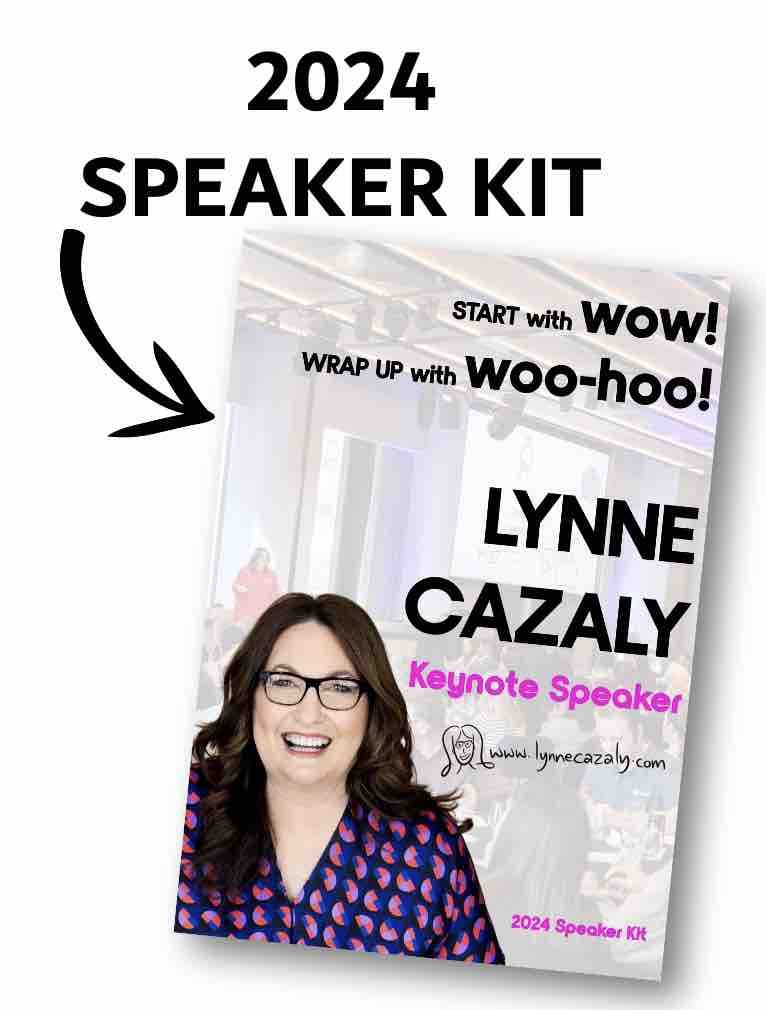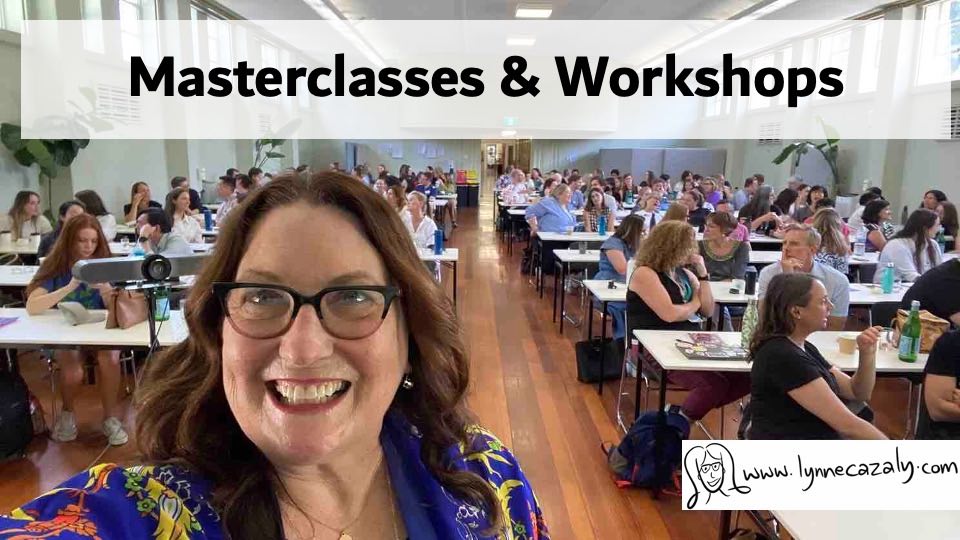Change Leader : What's your front page and headline?
 Monday, February 9, 2015 at 12:50PM
Monday, February 9, 2015 at 12:50PM A paragraph in the change pack I spied at an organisation this morning read like this:
We need a more contemporary reimagining of our integrated administrative capability.
What? What does that mean!!? You're leading change and you're communicating like that?
You can read more thrilling gobbledygook here by using the automated generator! But really, do leaders still distribute uninspiring, time wasting and mind-numbing change messages like this?
Unfortunately they do.
But we must do better. We must be clear, inspiring, real, relevant, brief, to the point. And then get on with it and listen, engage, and keep inspiring throughout the change.
So how to communicate before, during and after change?
You can take a leaf from Simon Sinek's angle on Start With Why, or the earlier version of it from Bernice McCarthy and the 4MAT Frame, loved by trainers around the world.
Or you could go PR-style and craft out your key messages. In some of my earlier roles on communication campaigns and strategies we'd create a 'story house'.
We'd build our key messages from the ground up:
- what is a foundation message, must be delivered message (like the concrete foundation or slab)?
- what is a structural, framework kind of message (like the wooden frame)?
- what is a higher vision, overarching message (like a roof)?
Another approach is to think sharp and engaging; to think in front page and headline style.
What will the front page of your 'edition' on change read like? What story will you be leading with?
Where is the investigative piece? The history piece... the bit about why this is happening, the inspiring information about others who have taken this path, the reason why the business needs to do this... and what it means for the team.
What are the headlines about this change? Where can I find the further details, the background, the unpacked data and spreadsheets and research on it? Where can I find the 'long read'? Where is the photojournalism on it - show me what it will look like? Where's the shipping news: what will be happening when - what's arriving when and where? What will be starting, what's stopping and when is that happening?
Delete that workplace waffle that reads: We're going forward with our plans to implement systemised third-generation paradigm shifts.
Urgh!
Go clear, bold, strong, interesting, engaging.
Create your front page and your headlines; build your readership for this change.















